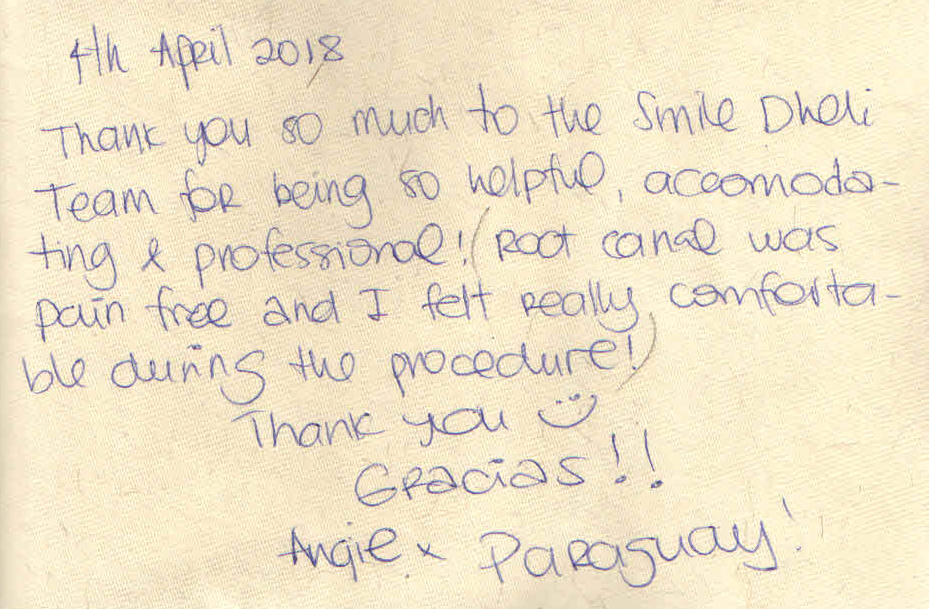Save Your Mobile Teeth
FLAP SURGERIES
Areas below the gum line, where gum tissue has detached from the teeth, are not accessible to clean, and so harmful bacteria can easily proliferate. These bacteria cause inflammation of the tissues, resulting in sensitivity, bleeding, and pain. You could even begin losing teeth.
Flap surgery is not a cure for advanced gum disease, but rather creates an environment that helps maintain your gum health. It treats tissue loss by eliminating diseased tissue.
The Dentist will raise a section of your gums to access the affected tissue so that the root of the tooth is exposed. This begins the healing process, which takes place rapidly. The gums are then secured back into place, and all healthy tissue is conserved. This approach allows:
- Removal of inner diseased tissue lining the inflamed gum tissue.
- Complete cleaning of the root surfaces of the teeth which helps to eliminate harmful plaque and tartar.
- Repairs the damaged bone and surrounding tissues reducing/ eliminating mobility.
REDUCTION OF TOOTH MOBILITY BY SPLINTING
Splinting of teeth allows weakened teeth to gain support from neighboring teeth, and stabilize the mobile teeth (caused due to loss of supporting bone) to ensure a comfortable chewing function.
Splinting usually attaches weak teeth together, turning them into a single unit so that the biting force is distributed to improve support and patient comfort during chewing.
- The procedure is most commonly performed on the front teeth. This procedure is beneficial because it allows you to save your teeth. However, splinting makes oral hygiene procedures difficult.
- Please be aware, that in the case of advanced gum disease, splinting does not cure the problem. It simply stabilizes the teeth for comfortable function.
- Splinting options may give you some extra time, but the teeth themselves may need to be replaced if the damage to the periodontal structure is severe.
- For this reason the long term prognosis of the teeth must be considered before deciding upon treatment options.
BONE GRAFTING
Bone loss to the jaw is one of the most serious consequences of missing teeth. It begins as soon as a tooth is lost from its site. Progressive bone loss can affect your mouth in many ways, such as a decrease in gum tissue. Bone loss can also limit your choices for tooth replacement.
- Bone grafting procedures are performed to restore your bone to its original dimension and position, with materials that stimulate new bone growth at the lost tooth site.
- Grafting can prevent excessive bone loss, if placed immediately after a tooth extraction to maintain bone structure, and allow for future dental implants to be placed.
- The bone graft acts as a platform for nearby bone to grow so that the new bone growth will eventually replace this graft material.
- Grafting technology and its continuing advancement promotes new bone growth for better mouth function, oral health and a more attractive smile.





























































